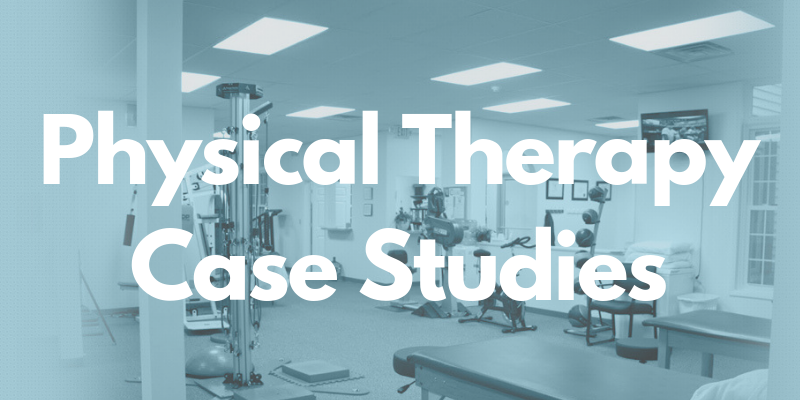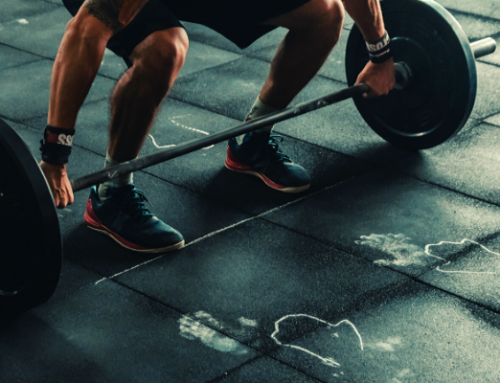by Nicholas Jacques
History
Patient was a 33-year-old male presenting with right shoulder pain that was going on for about 2 months. He noticed that he felt some pain in his right shoulder after performing an overhead press at the gym. He reports that his pain was continuing to worsen with activity, mainly due to returning to strength training at his local gym. The patient states that he had X-Rays and an MRI of his right shoulder, and his doctor found the results unremarkable. This patient denied any numbness, tingling, or pain into the elbow and/or hand.
Evaluation
Shoulder range of motion screening showed little to no loss of motion in all directions, but the patient noticed pain in the shoulder when performing abduction at about 90 degrees, then the pain went away until he reached the end range of shoulder abduction when the pain returned. In a standing position, it was noted he had a slight forward head posture. Tenderness was noted to deep palpation over the supraspinatus fossa and posterior aspect of the right shoulder. The patient had a positive Neer test and positive scapular assistance test of the right shoulder. Shoulder weakness was noted with shoulder abduction and flexion secondary to pain. Through these objective and subjective findings, it was determined that this patient had shoulder impingement.
Treatment
Visit 1: The first session was focused on patient education regarding the diagnosis of the patient and overall prognosis. A home exercise program was implemented during the first session, with an emphasis on scapular strengthening exercises to minimize strain on the supraspinatus, and other rotator cuff muscles. Interventions also included joint mobilizations designed to minimize shoulder pain and passive stretching of the scapular muscles. Heat and electrical stimulation (E-Stim) were utilized to minimize pain.
Visits 2-6: The next five sessions placed an emphasis on therapeutic exercise progression regarding scapular strengthening and rotator cuff stability. Passive range of motion of the shoulder and soft tissue massage of the surrounding musculature was implemented to maximize muscle function and strength gains made in the clinic. The patient was then educated on proper overhead lifting technique, and bench press, to allow him to return to weightlifting.
Visit 7: By this session, the patient was able to attain range of motion in all directions with pain 1/10. His Shoulder and Pain Disability Index (SPADI) score improved from 13% to 6%. The patient reported returning to a normal weightlifting routine at about 65% volume of his baseline and reports 0/10 pain when performing all exercises at the gym, primarily bench presses and overhead presses. By the time of discharge, the patient had an excellent understanding of weightlifting techniques and appropriate modifications to be made during strength training activities, if necessary.



